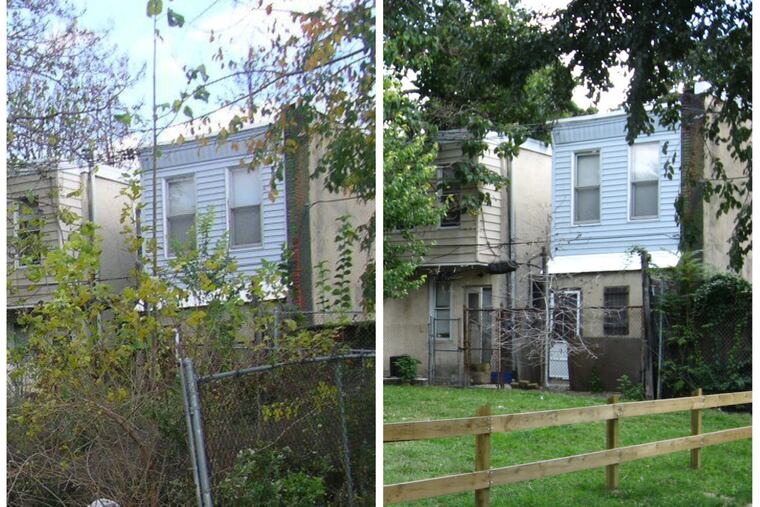Most Philadelphians have trauma. Fixing our neighborhoods can help.
So-called “trauma-informed neighborhoods” would have more green space and less razor wire, noise, and poorly maintained vacant lots.

So-called “trauma-informed neighborhoods” would have more green space and less razor wire, noise, and poorly maintained vacant lots.
